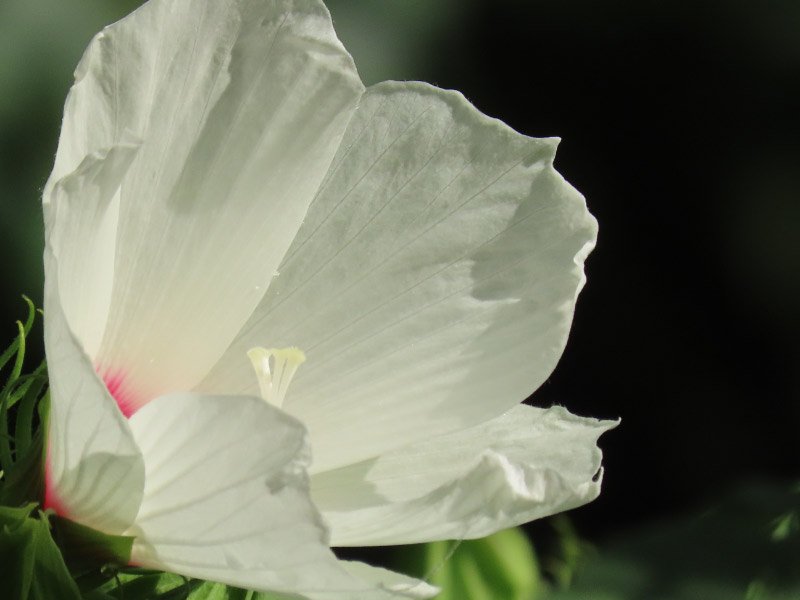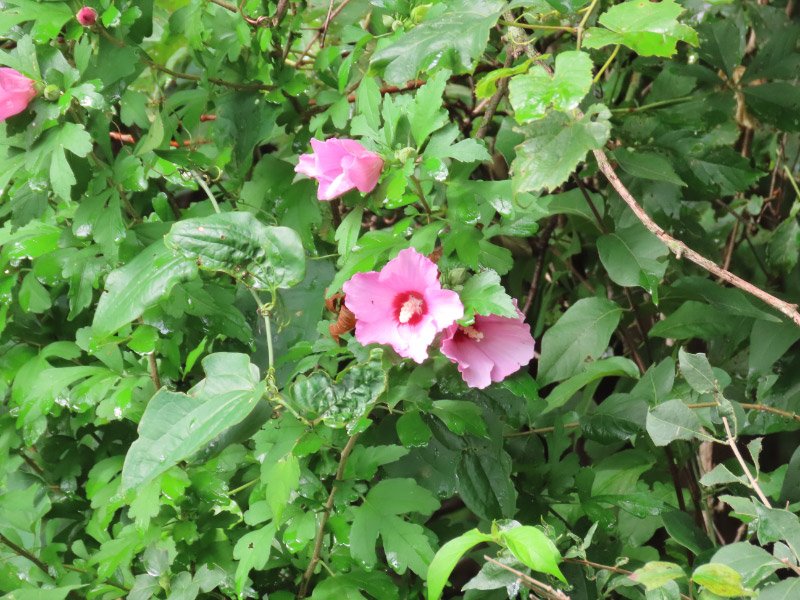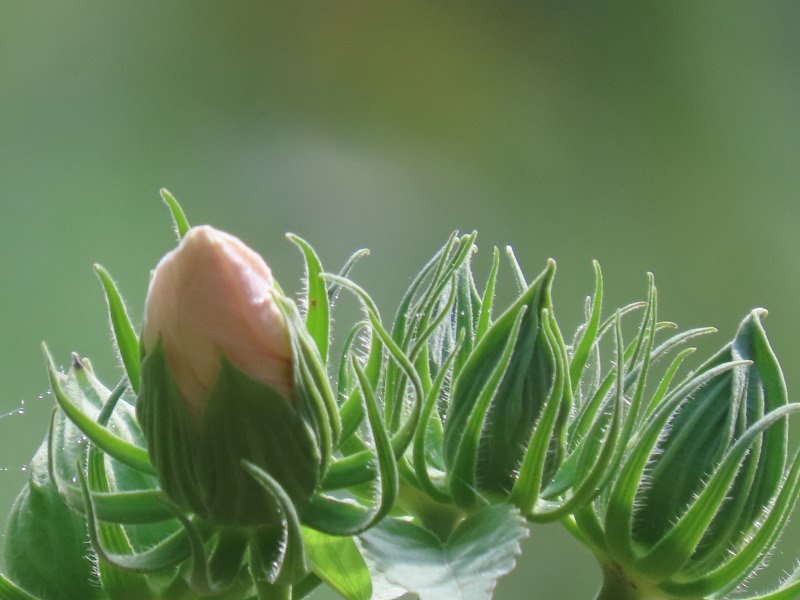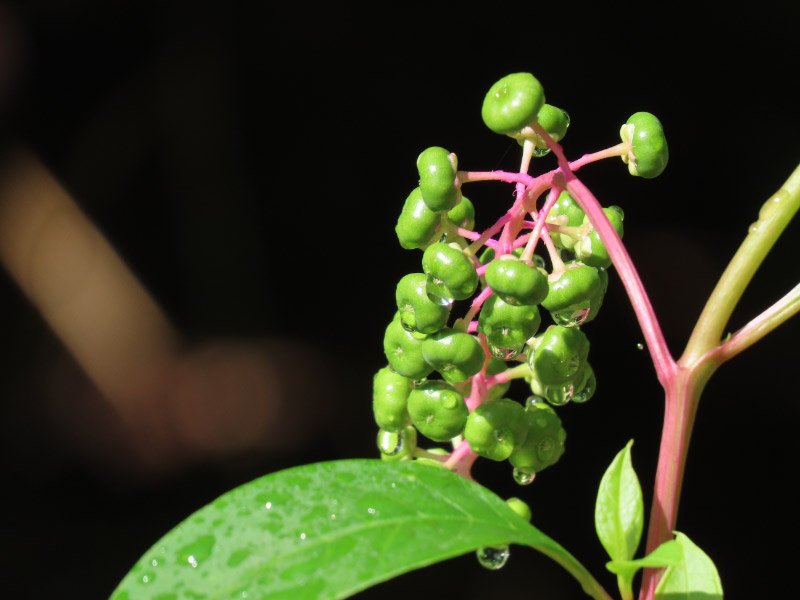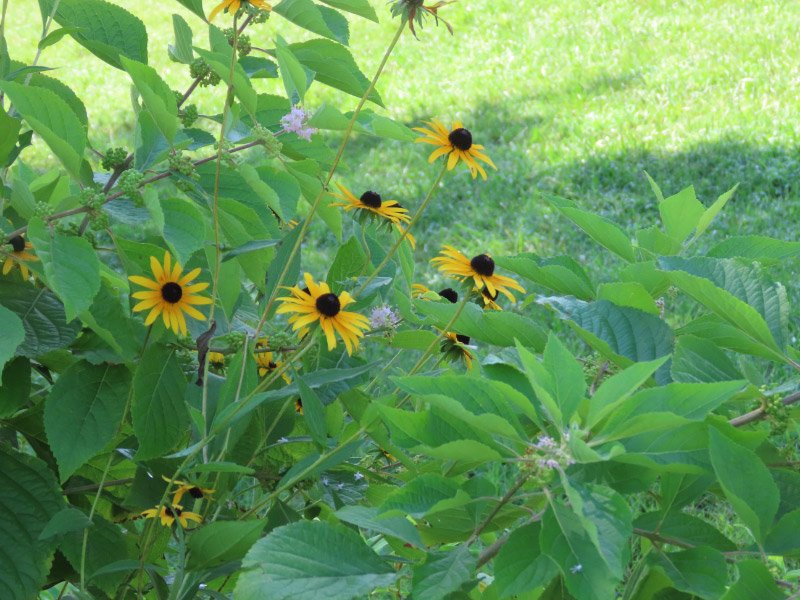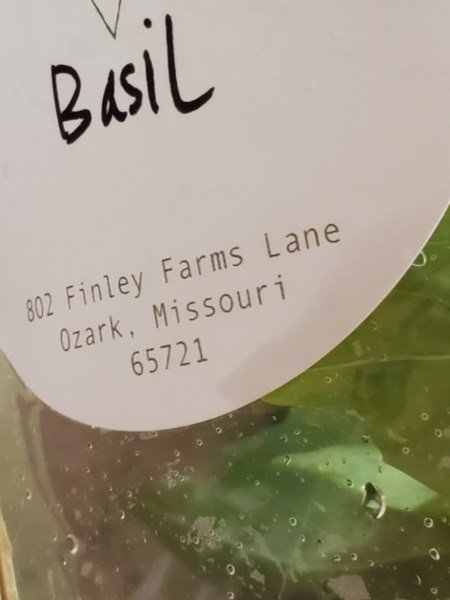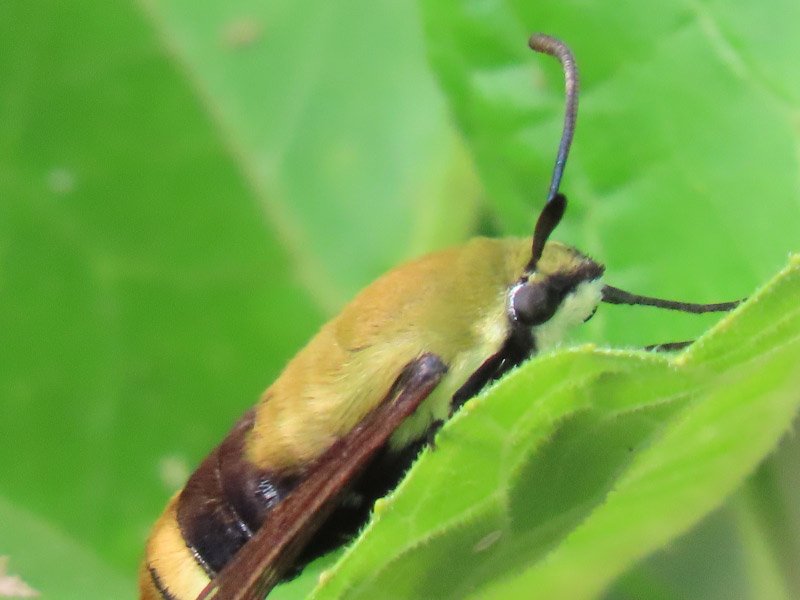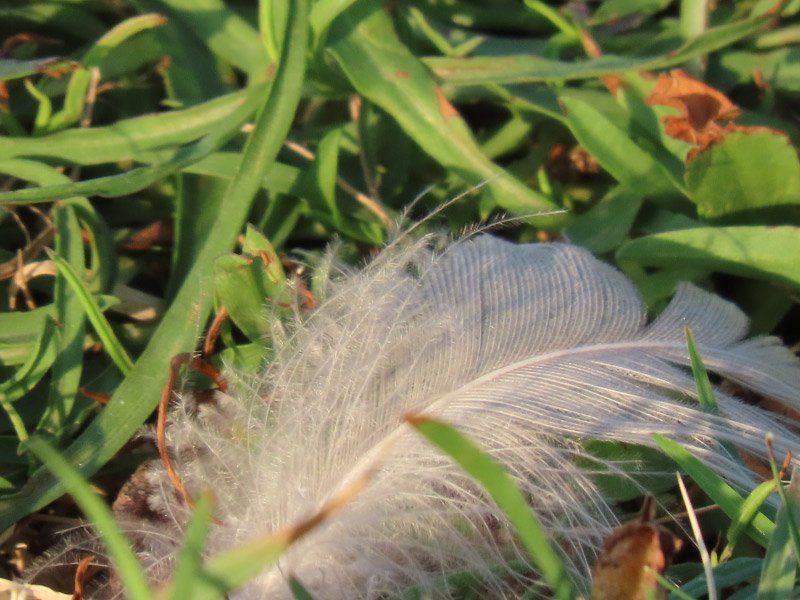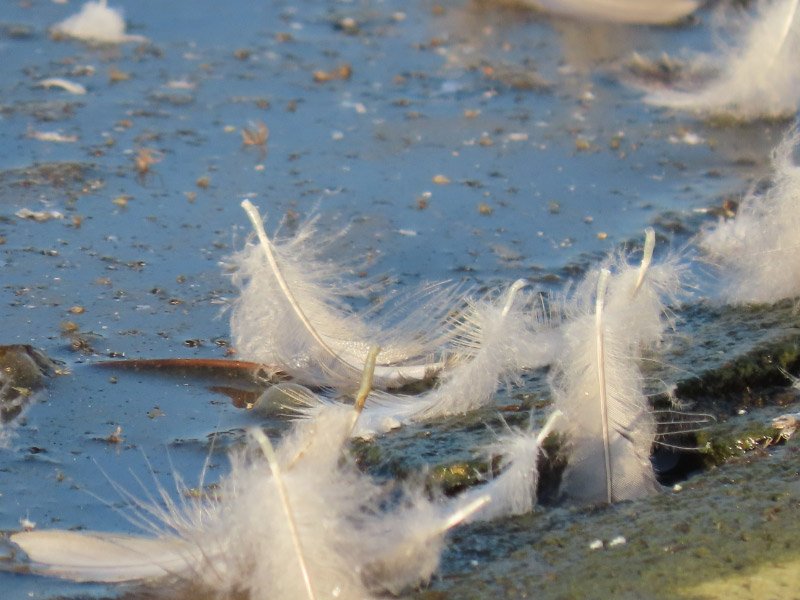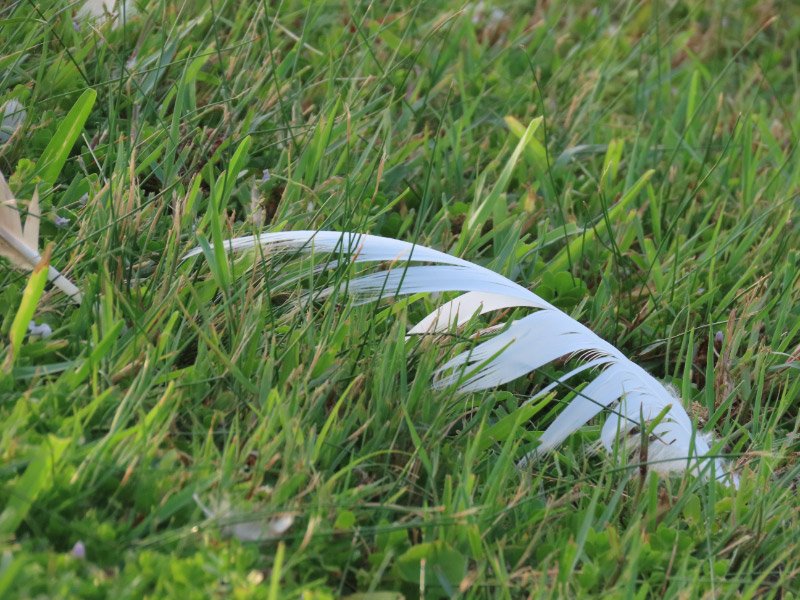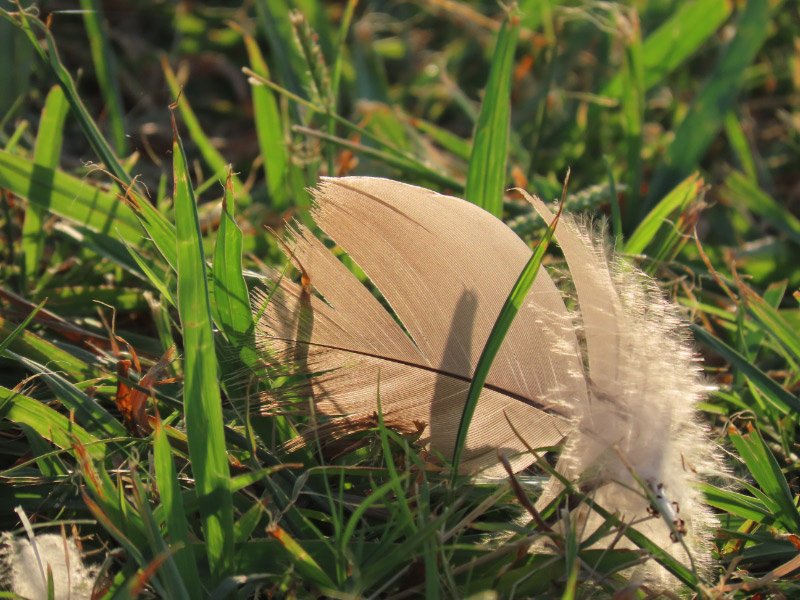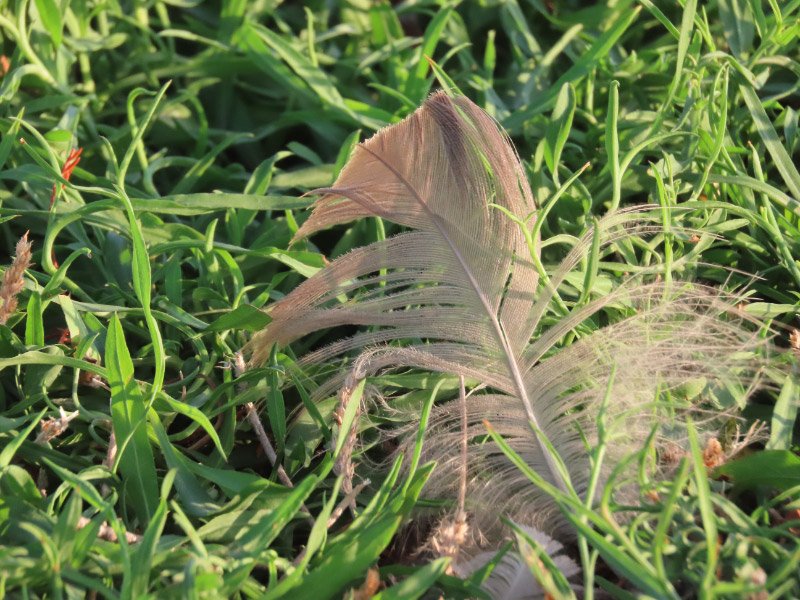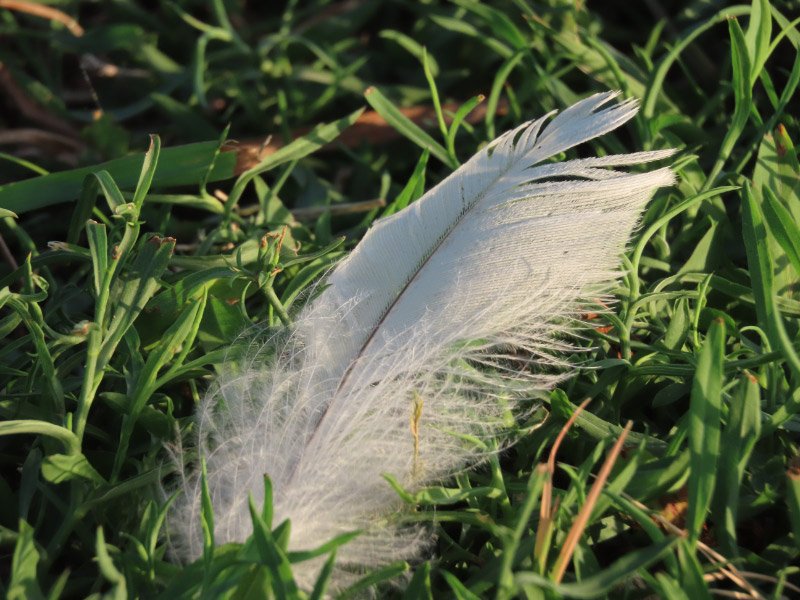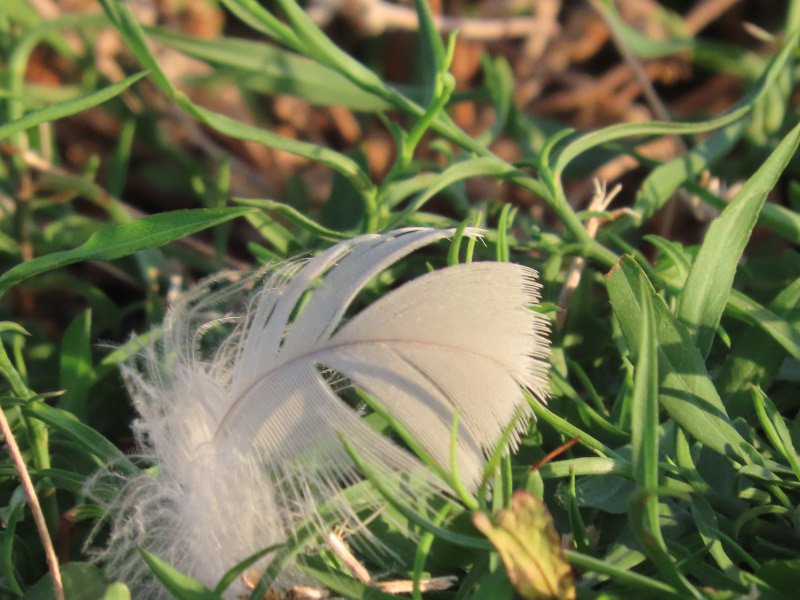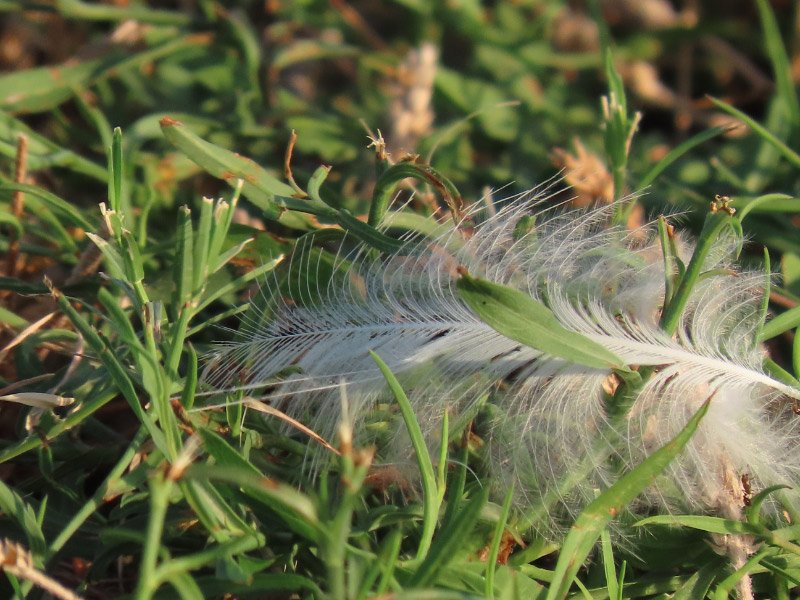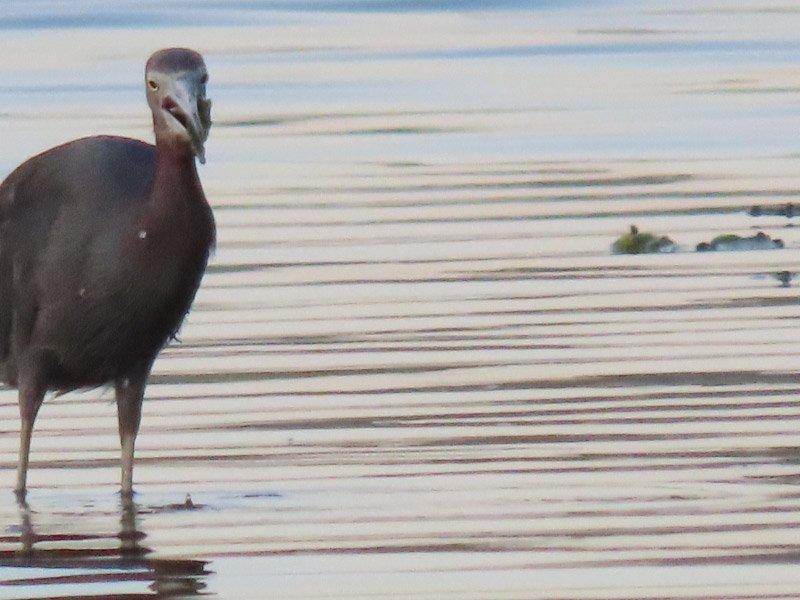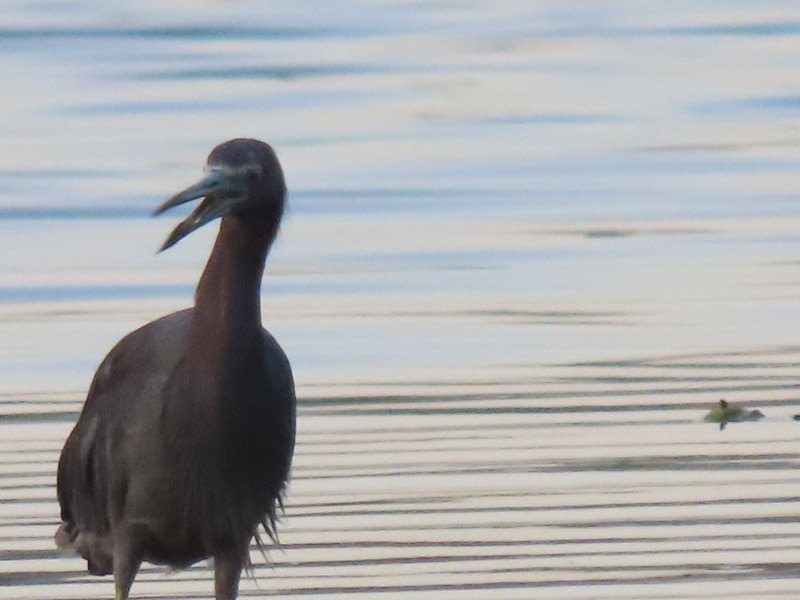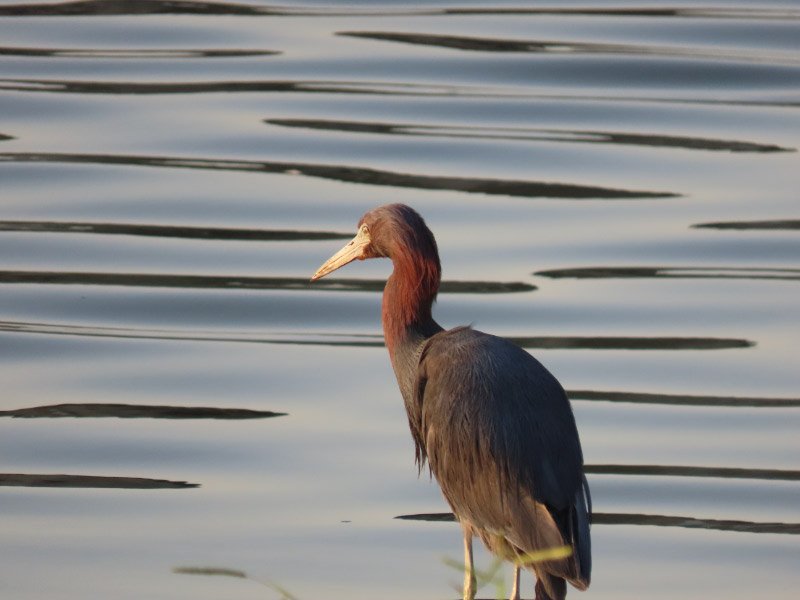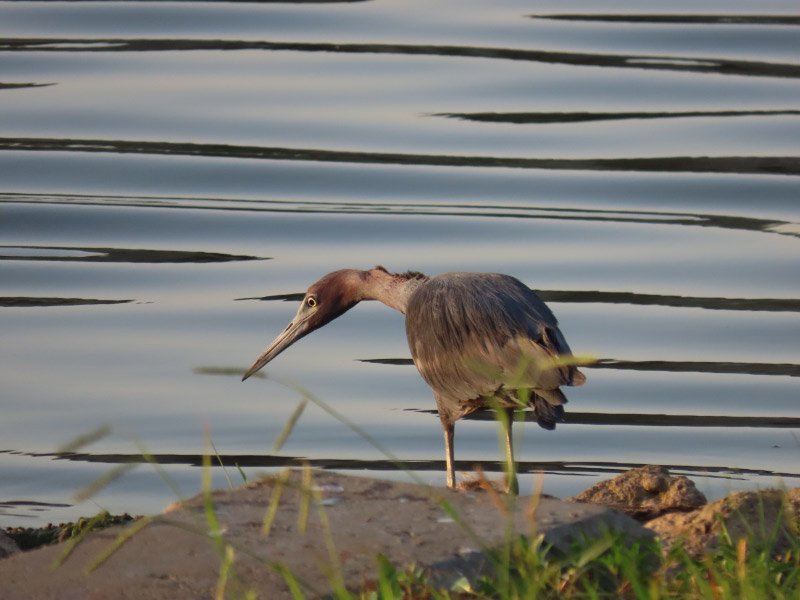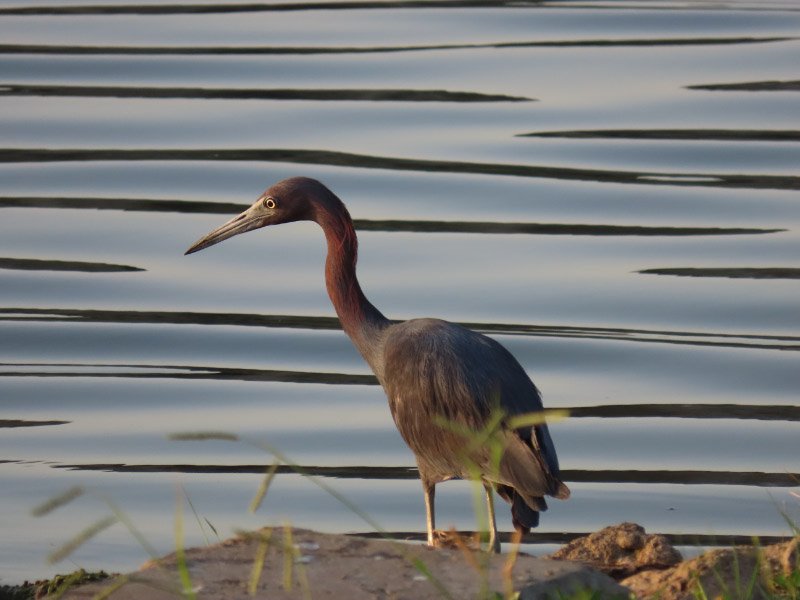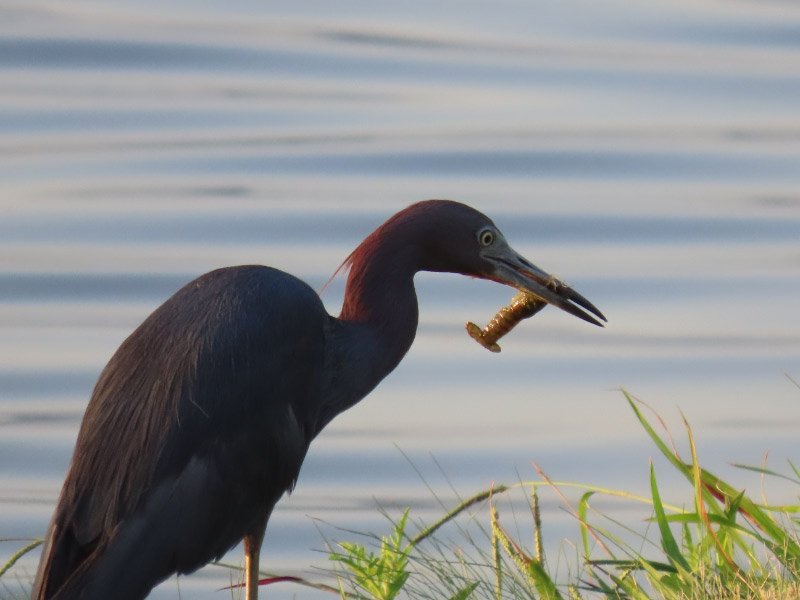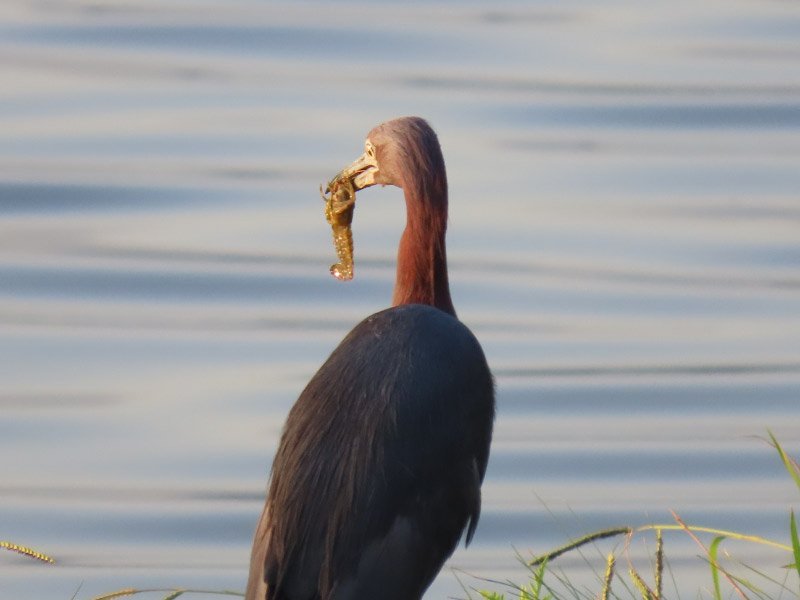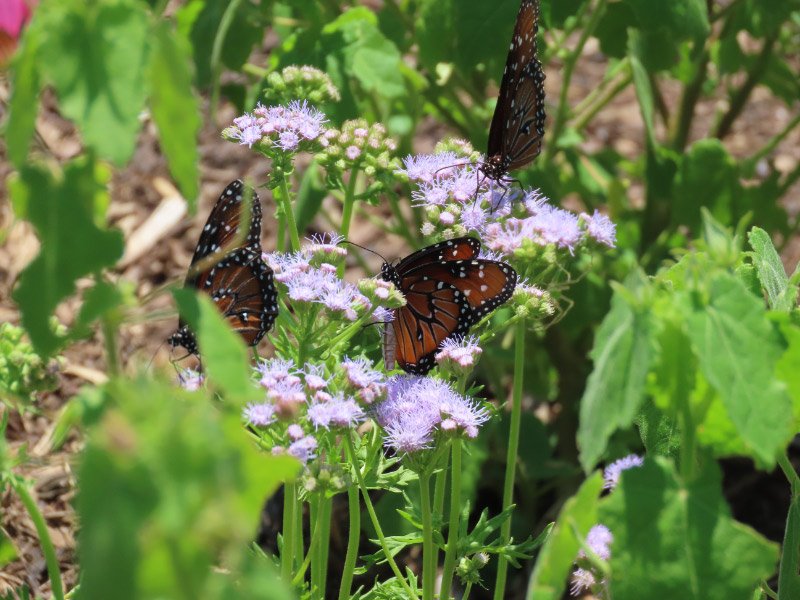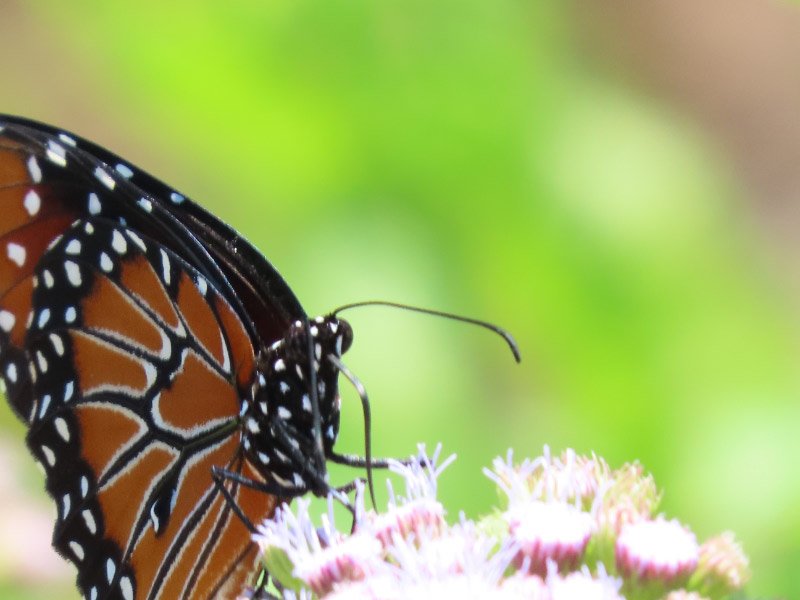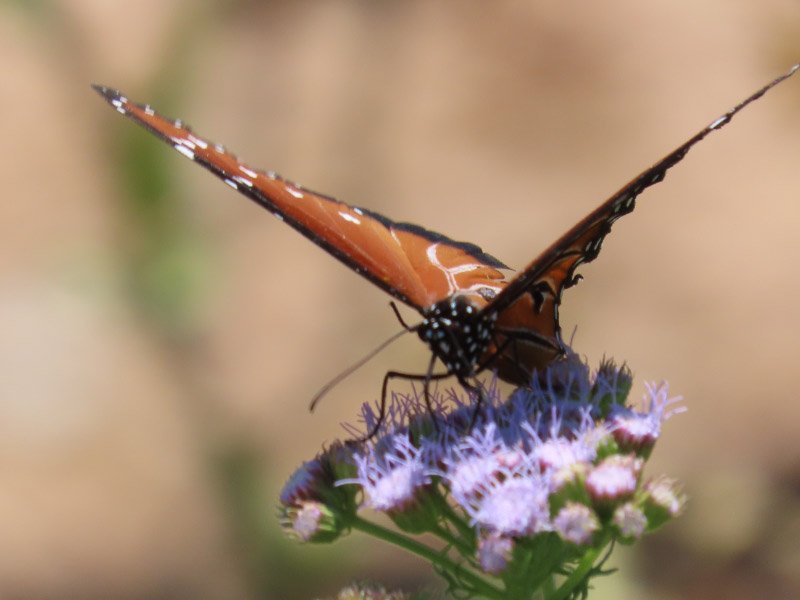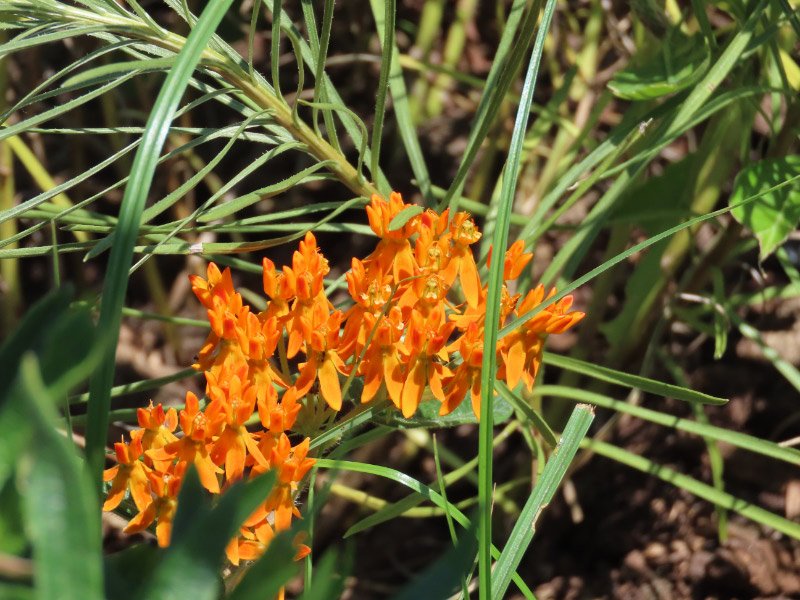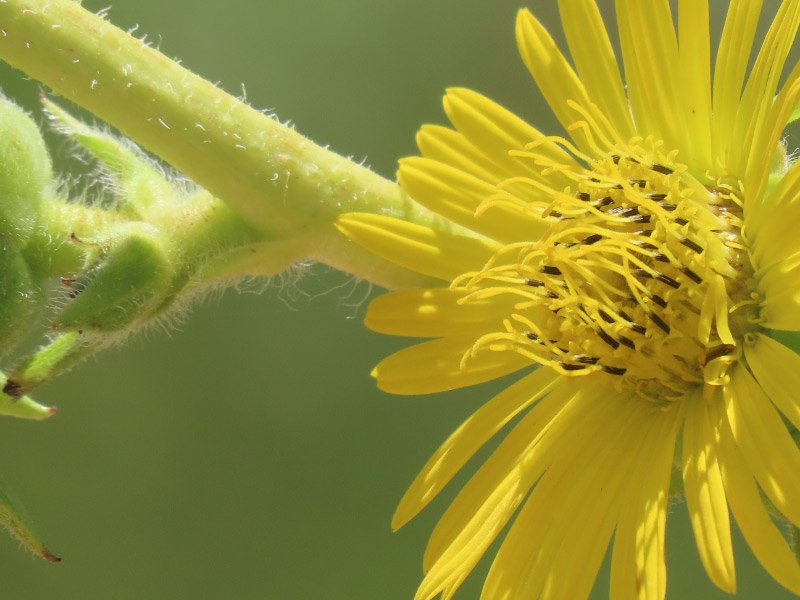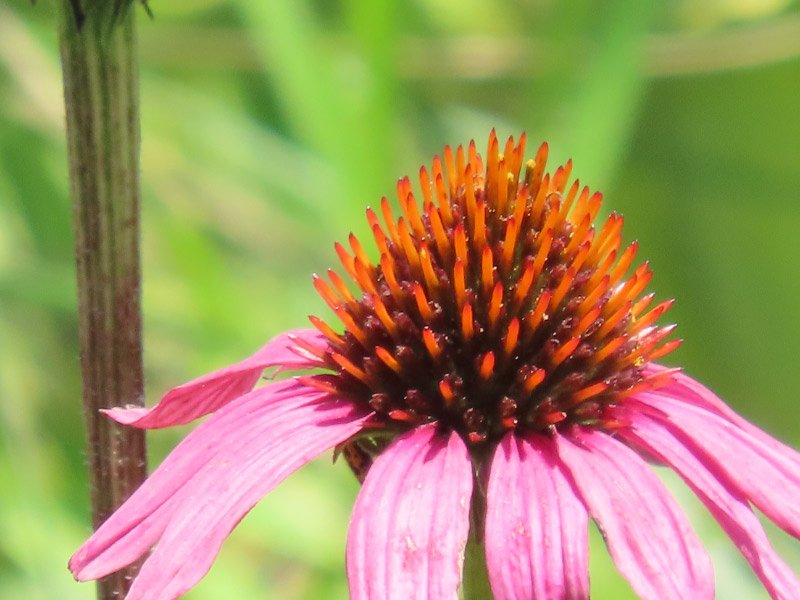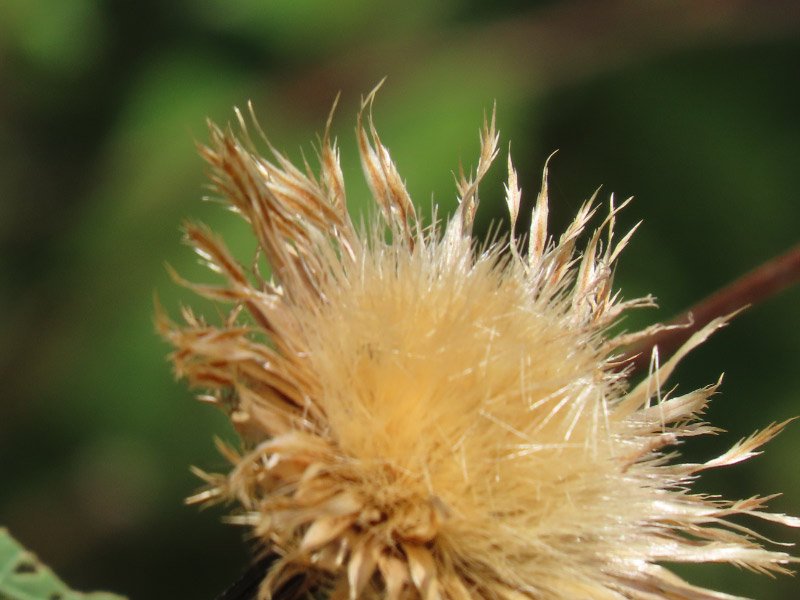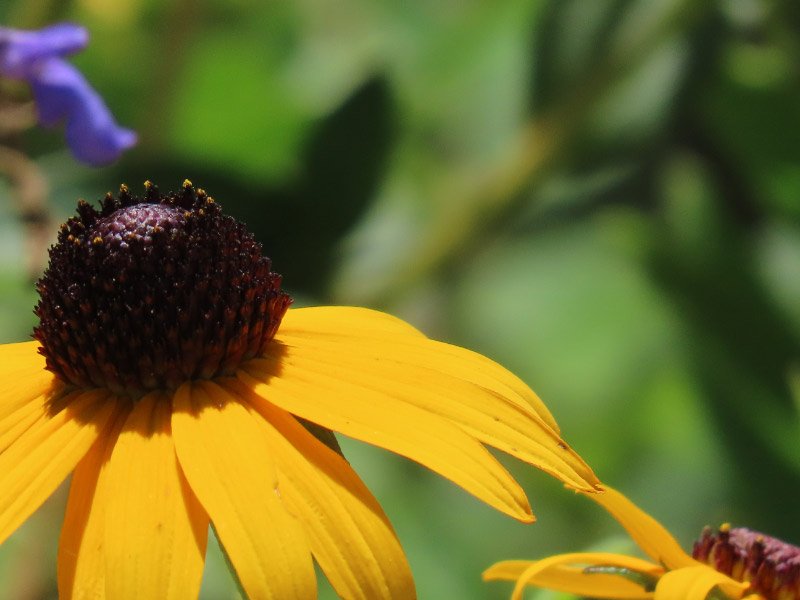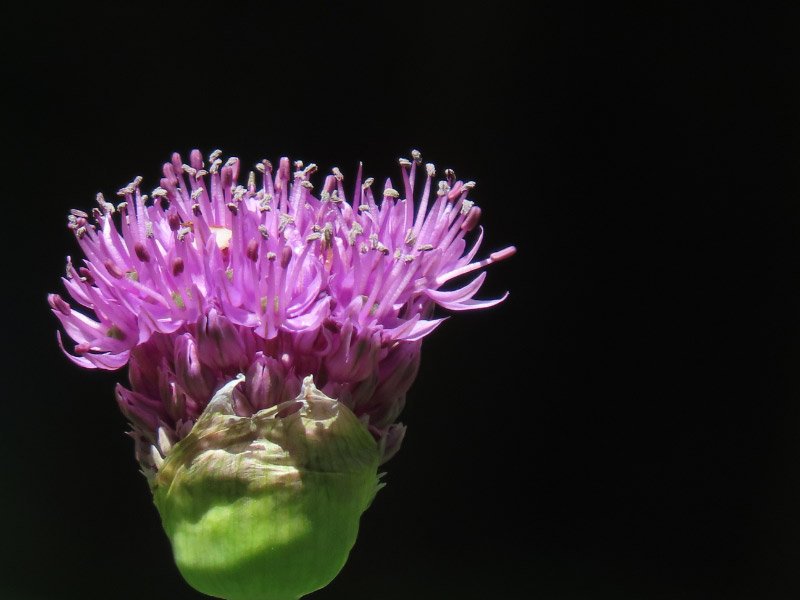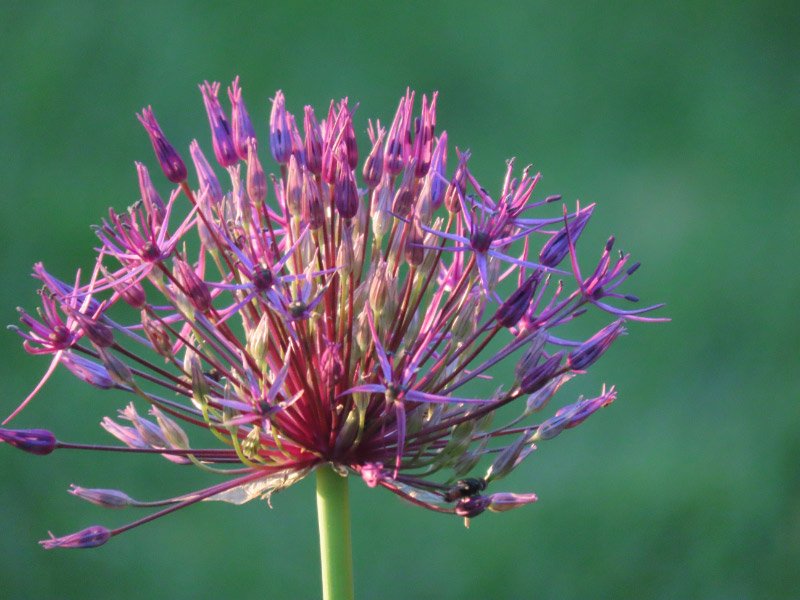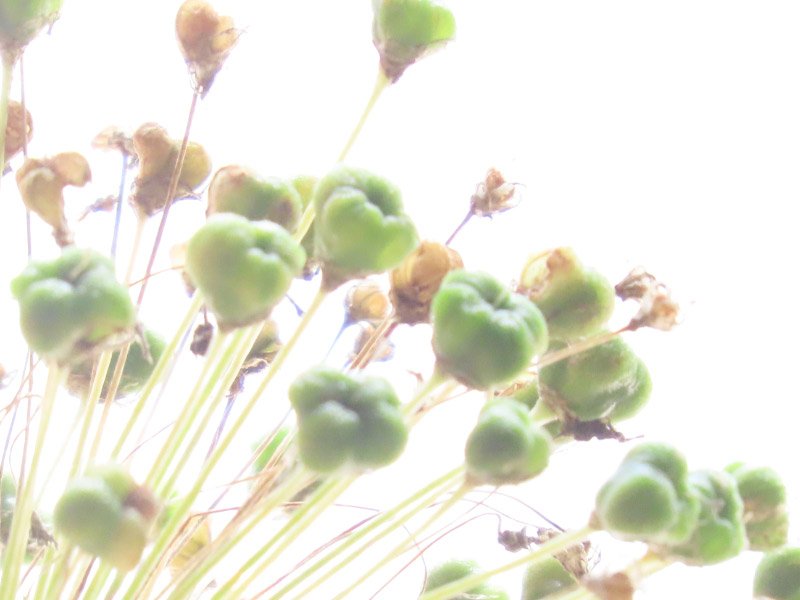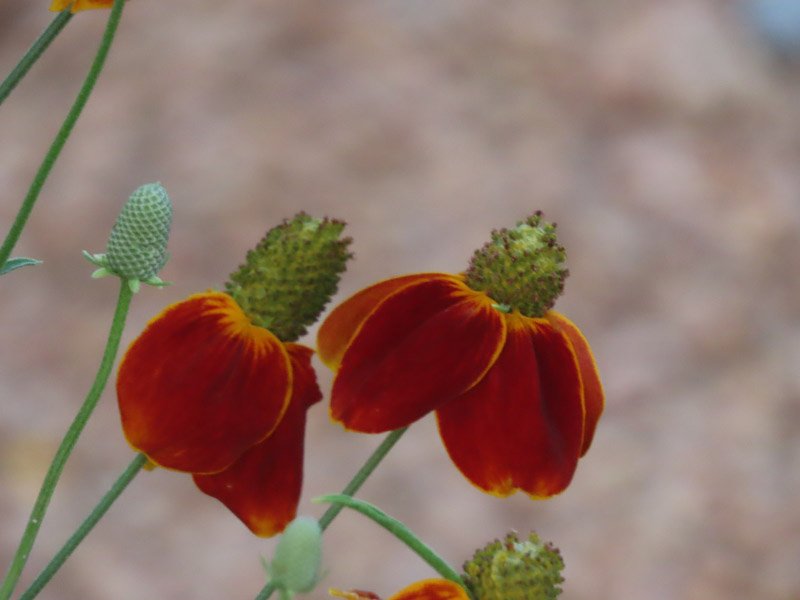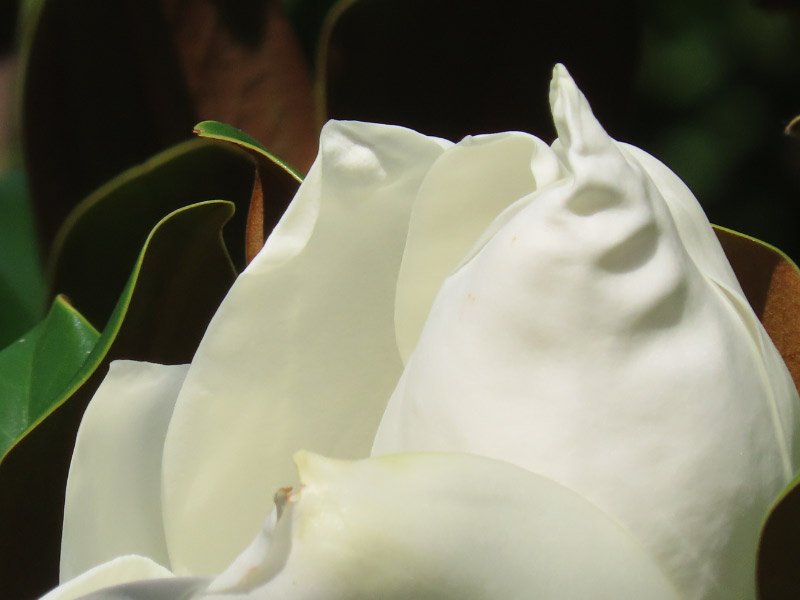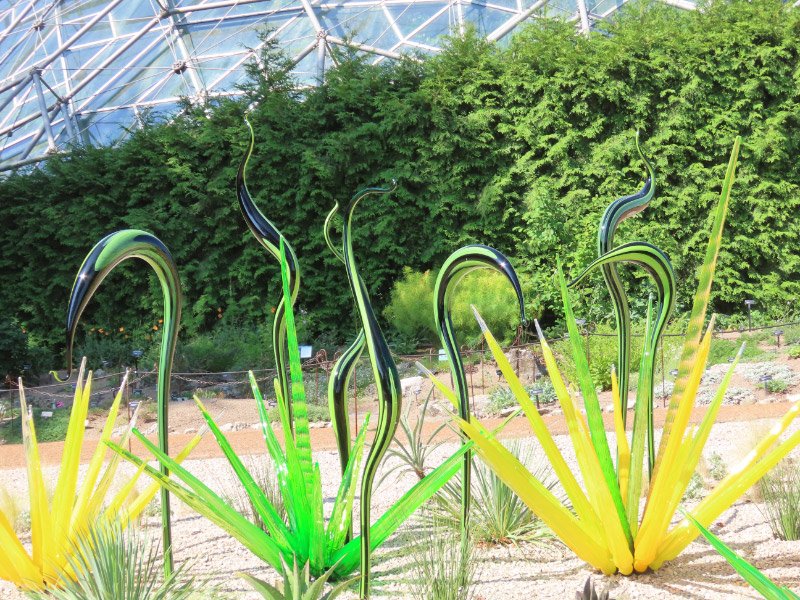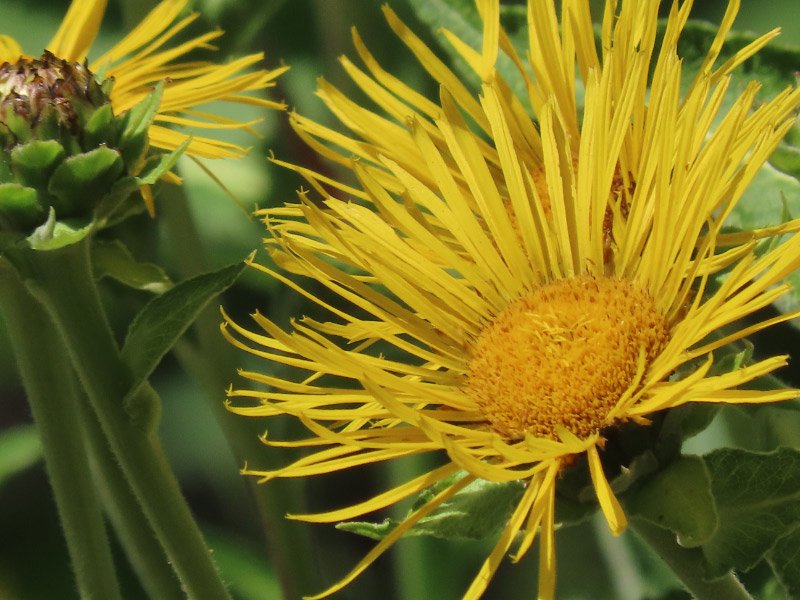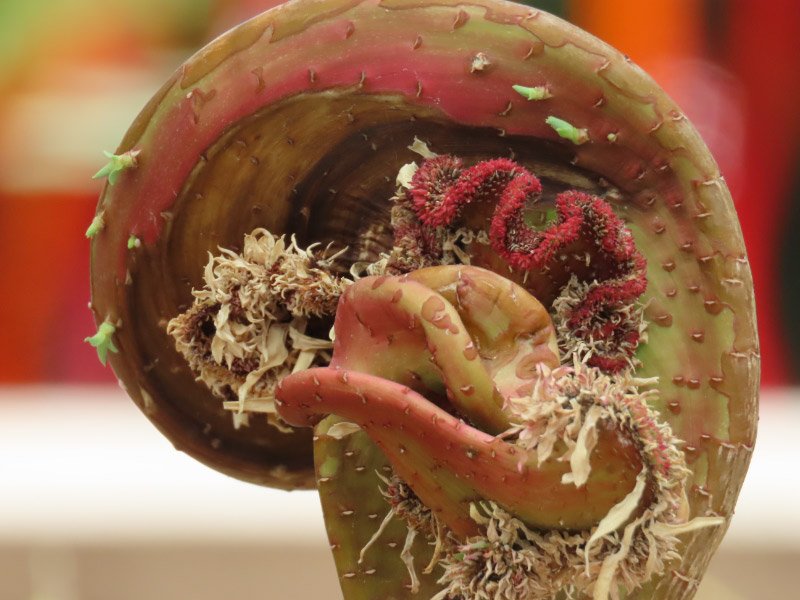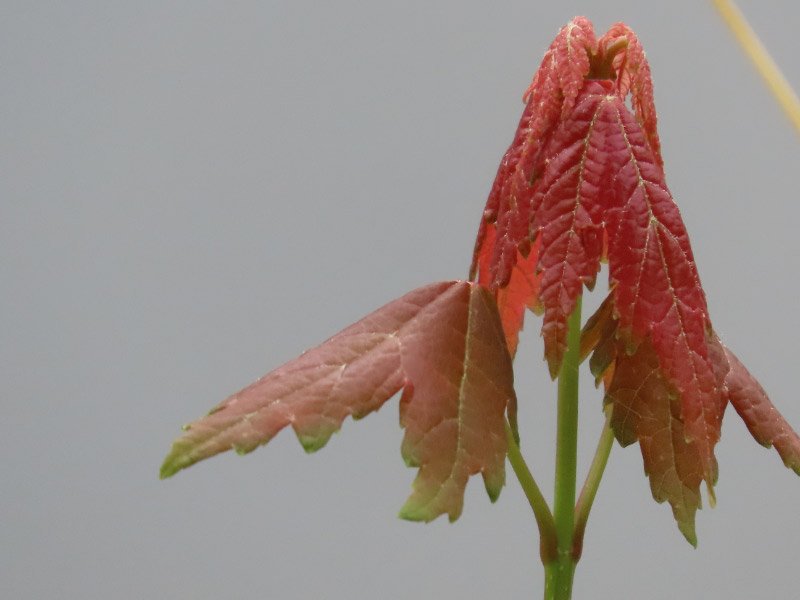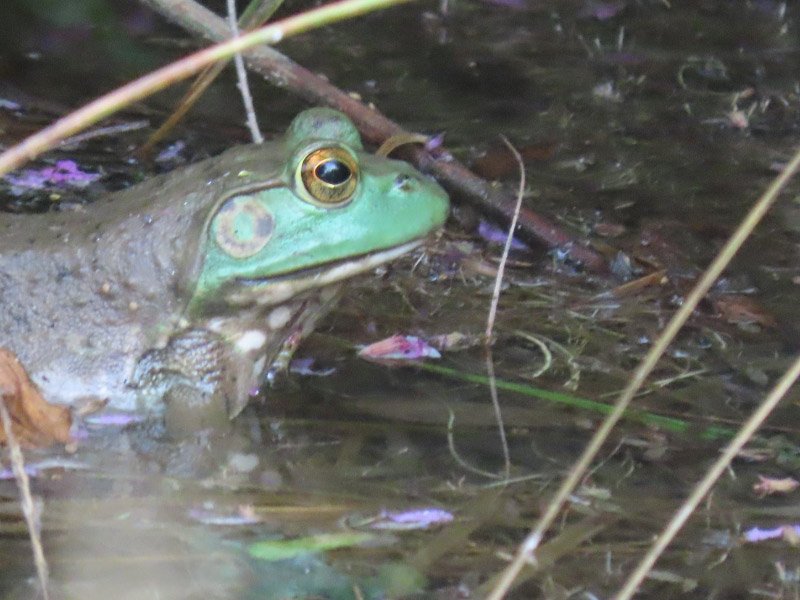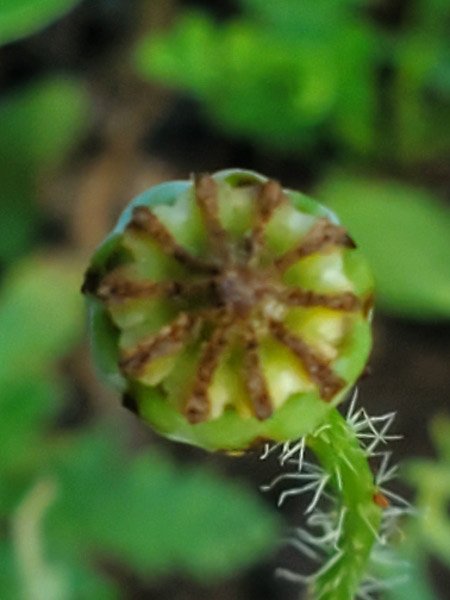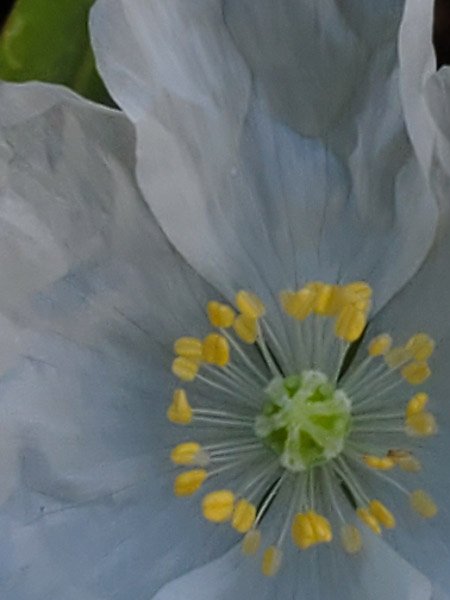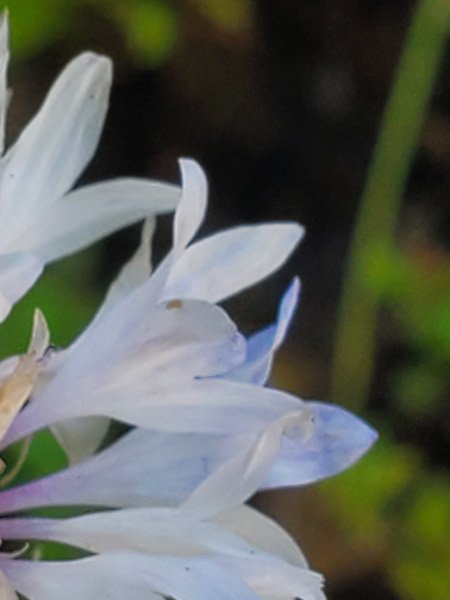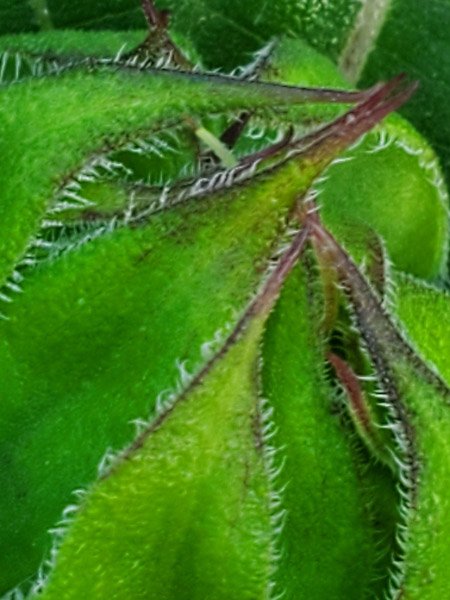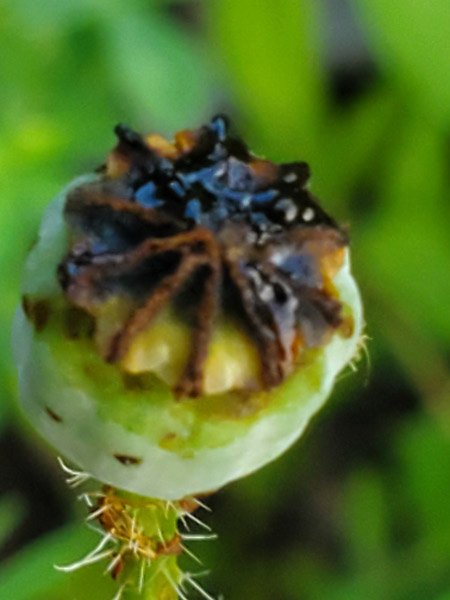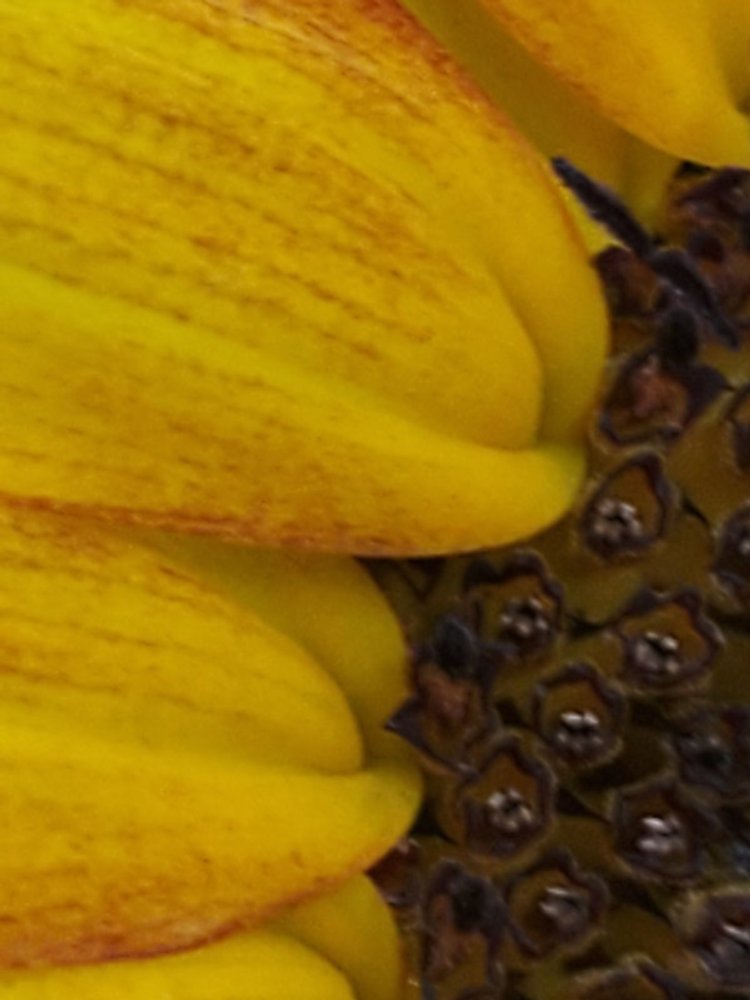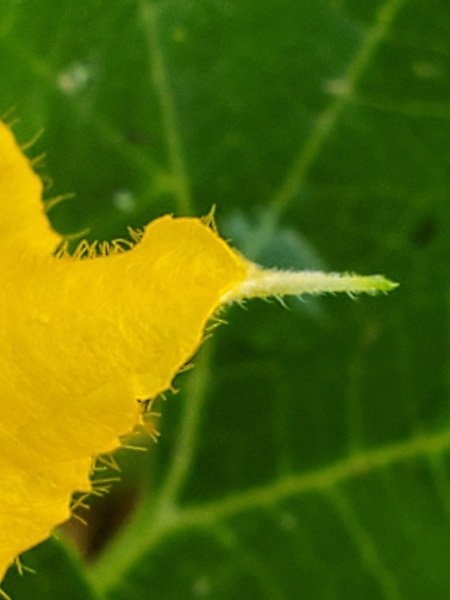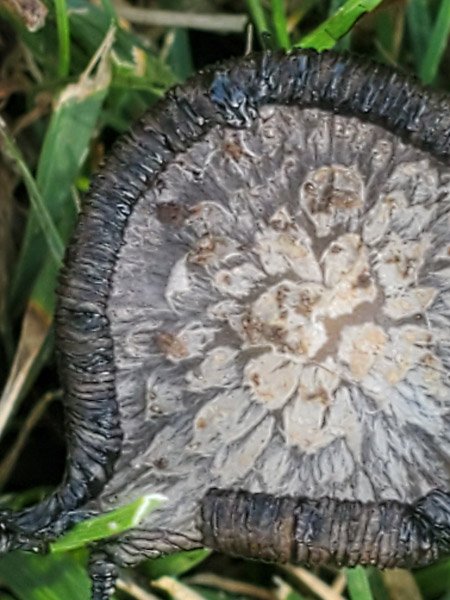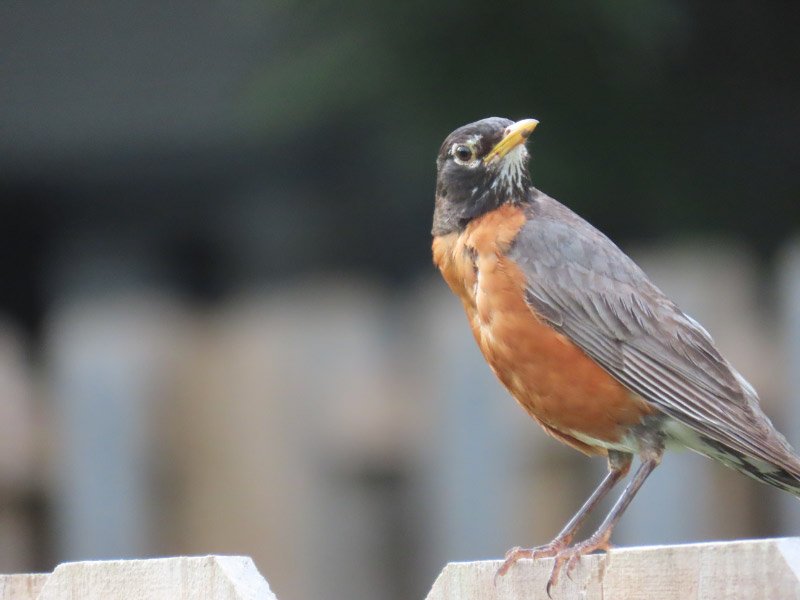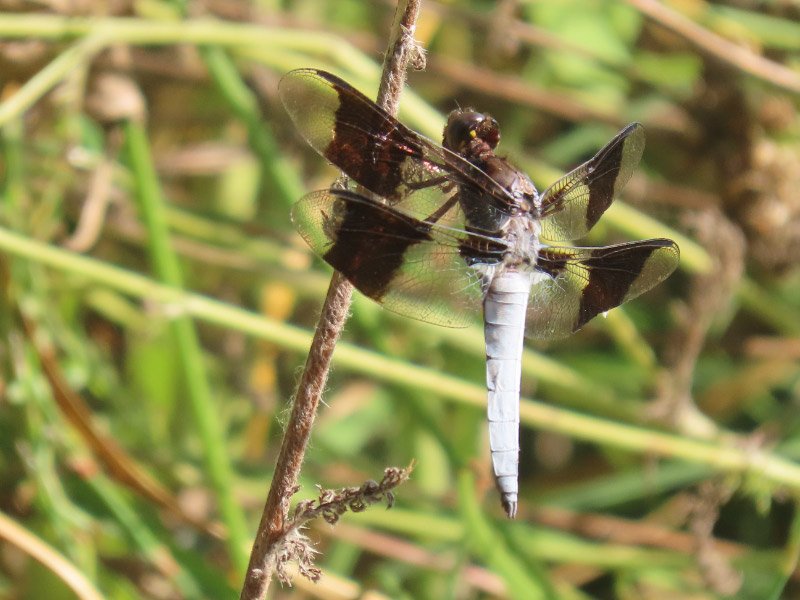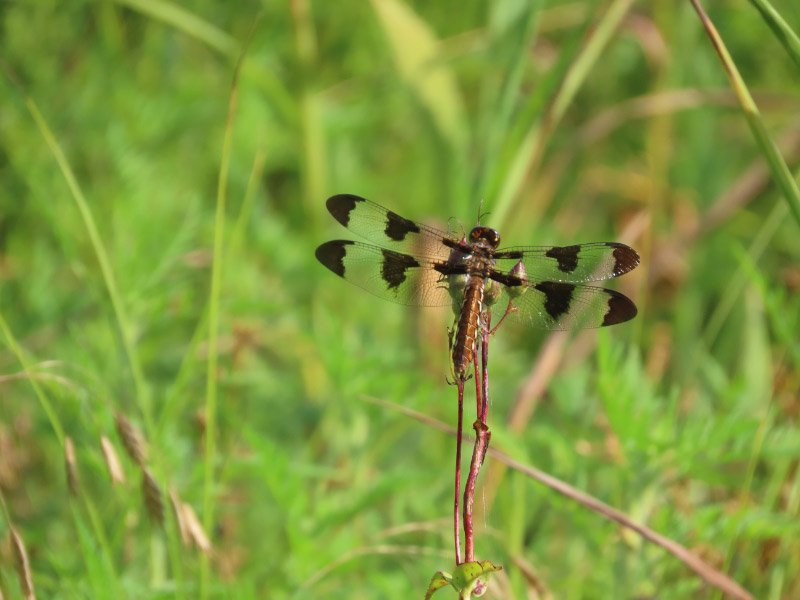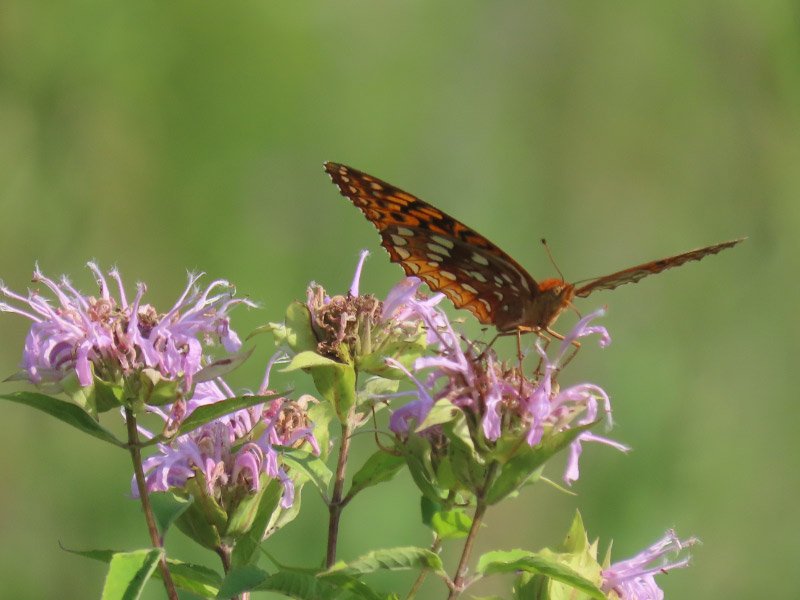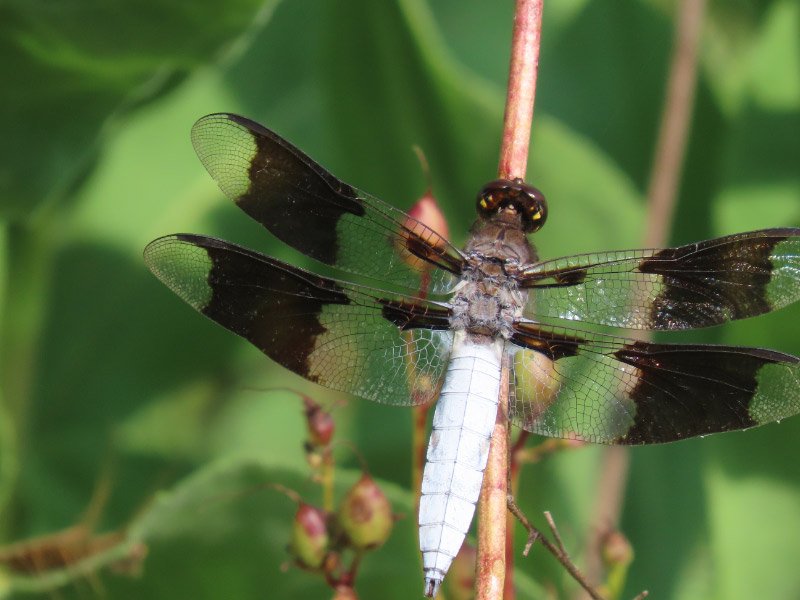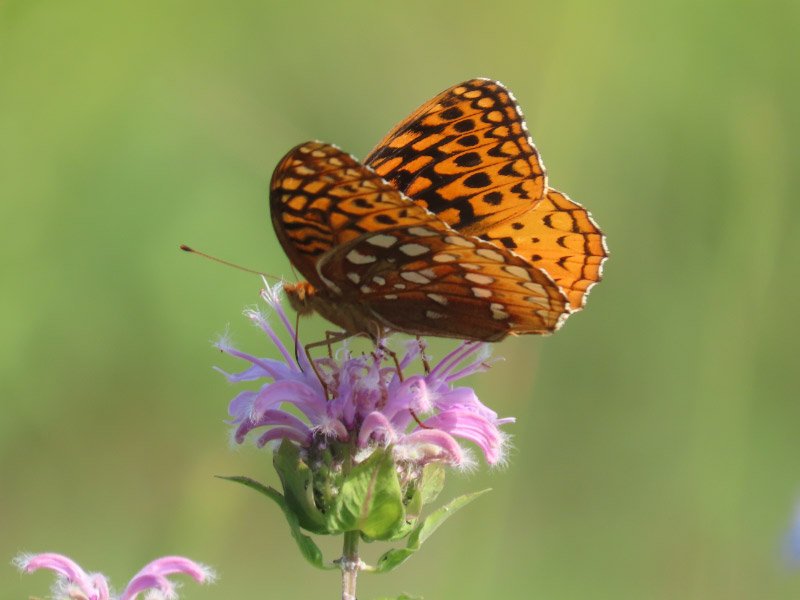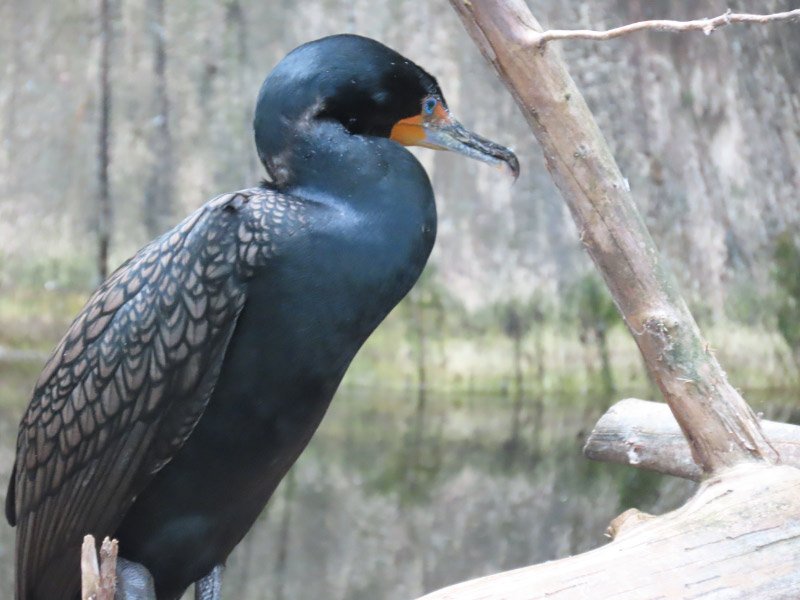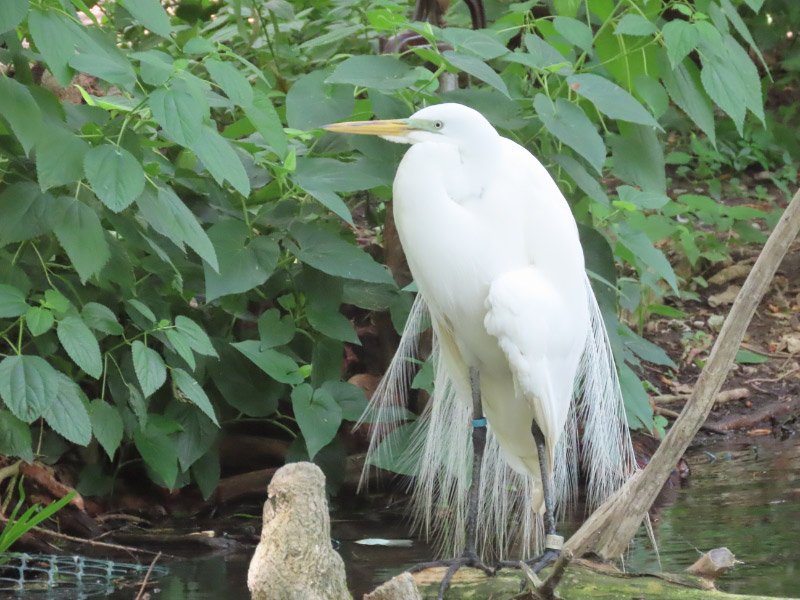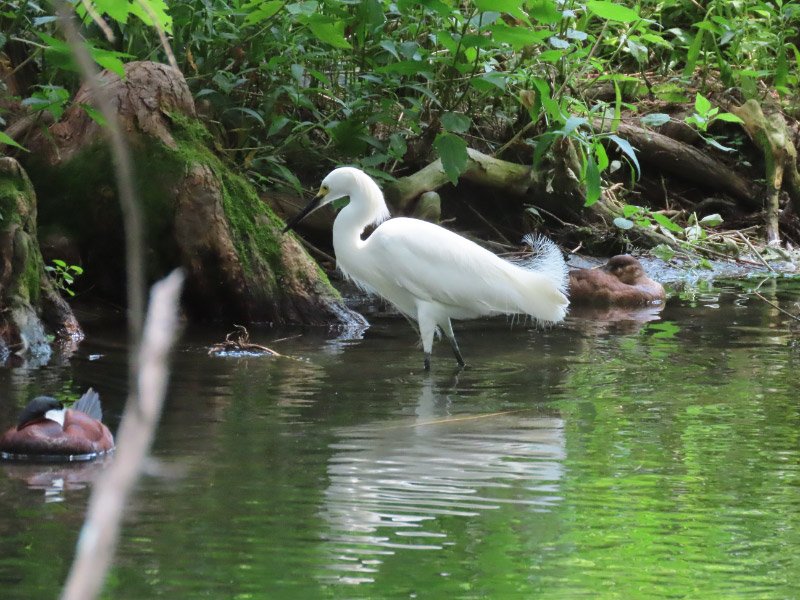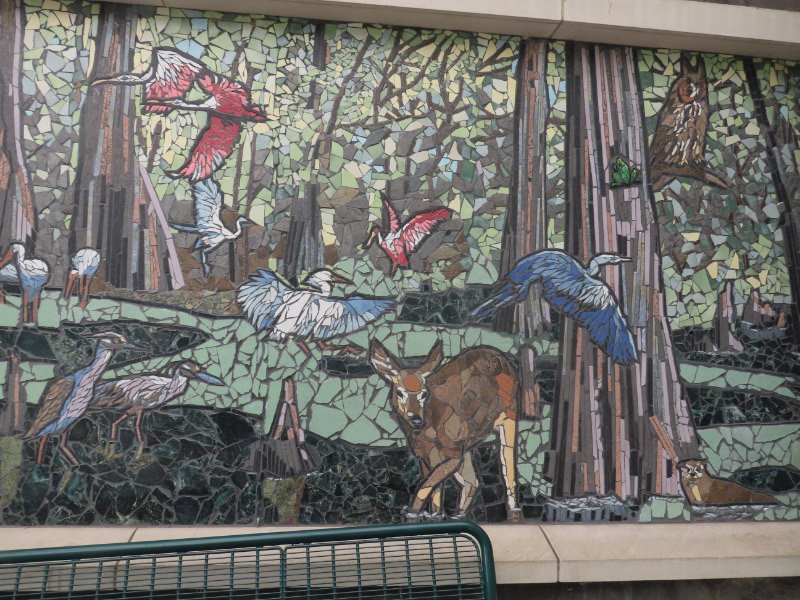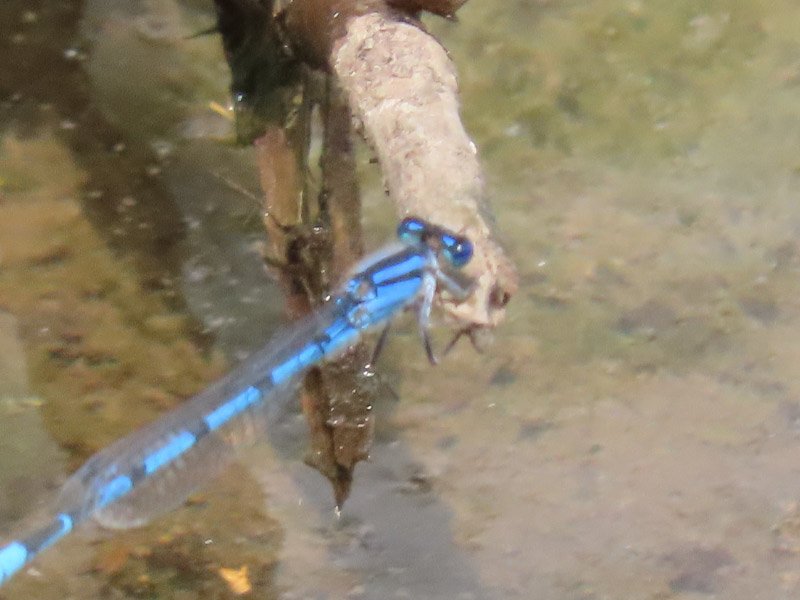The items below were ‘the cream’ of the articles and websites I found this past week. Click on the light green text to look at the article.
An elegant enigma – A shipwreck discovered 30 feet below the surface 15 years ago…what we know (and don’t know) about it after study of the 1,500 objects recovered including textiles in 4 chests. The name of the ship is still unknown but the construction indicates it was a Dutch trader constructed around 1645 and sank around 1660.
At Peru temple site, archaeologists explore 3,000-year-old 'condor's passageway' – A 3,000 year old sealed corridor in a massive temple complex built by the ancient Chavin culture.
Does Nature Need a Trigger Warning? – A thought provoking post. Predators must be part of our conservation actions…and need to be valued as they are rather than simplistically.
Two-Hundred Years of Written Observations of Kīlauea's Summit Activity – On August 1, 1823, an English missionary visited the summit and published his observations (I found the book online -available on Internet Archive…Chapter 6 begins on page 121…image below). Mark Twain visited in 1866 and trekked across the caldera floor to Halema’uma’u, watching “a heaving sea of molten fire of seemingly limitless extent.” There are several links in the article that are worth following. My favorite is the USGS Views of a Century of Activity at Kilauea Caldera – A Visual Essay.
How Texas is racing to thwart the heat - Unfortunately, planning for heat is not as well-developed in the US as planning for other hazards like flooding so many cities are scrambling to take proactive measures to cool their streets down and protect people from the dangerous impacts of overheating. In urban heat islands, temperatures can be up to 20 degrees Fahrenheit hotter than less populated areas. Austin, TX has a climate resilience plan that includes strengthening emergency response and future-proofing new facilities and infrastructure. It also developed an urban forest canopy for the city to ensure cool outdoor spaces. The city has now applied for a United States Department of Agriculture (USDA) grant to plant more trees after finding the tree canopy coverage was helping Austin to adapt to hotter temperatures. In 2021, San Antonio became the first city in Texas to participate in a pilot project to lower pavement temperatures by applying a coat of paint that reflects the sun's rays. I was disappointed that other large cities in Texas (like Dallas and Houston) were not mentioned in the article. My impression of Dallas is that there is a lot of concrete.
Detecting spoiled foods with LEDs – A potential improvement in non-invasive monitoring of fruit and vegetable freshness.
Joshua trees are dying. This new legislation hopes to tackle that – A compromise law…sets up a conservation fund and requires the state to develop a conservation plan and companies to obtain a permit from the state to cut down or relocate existing trees.
The looming 840,000 ton waste problem that isn't single-use plastics – Carbon and glass fiber composites used in wind turbine blades, hydrogen tanks, airplanes, yachts, construction, and car manufacturing. "This is a huge opportunity," said Dr Wei. "And not only because various modes of recycling are cost-effective and minimally impactful on the environment. In an era of mounting supply chain disruptions, local recycled products can provide a more immediate product when compared to imports and create a burgeoning advanced manufacturing industry."
National Park Visitors Warned to Be "Prepared to Survive" Heat – My husband and I have avoided trips to the western national parks in summer since the 1980s…primarily to avoid crowds but now ‘excessive heat’ is part of our rationale too.
The ocean's color is changing as a consequence of climate change – The color shifts have occurred in 56% of the world’s ocean based on analysis of data from the Moderate Resolution Imaging Spectroradiometer (MODIS) aboard the Aqua satellite, which has been monitoring ocean color for 21 years. Tropical oceans have become steadily greener. Changes in color reflect changes in plankton communities, that will impact everything that feeds on plankton. It will also change how much the ocean will take up carbon, because different types of plankton have different abilities to do that.










